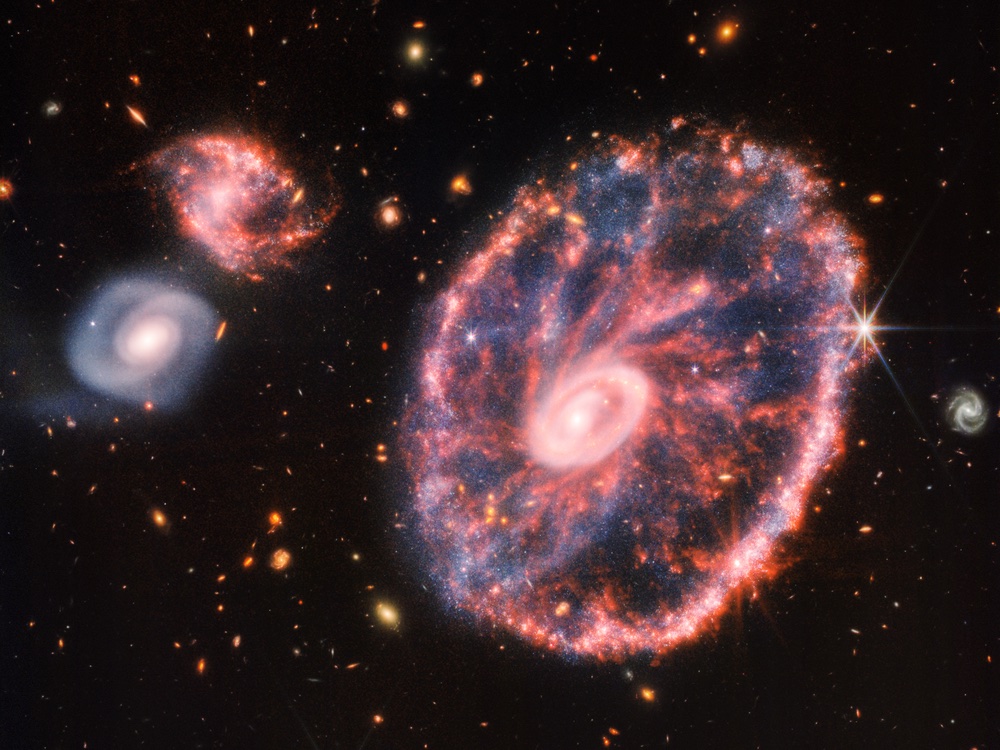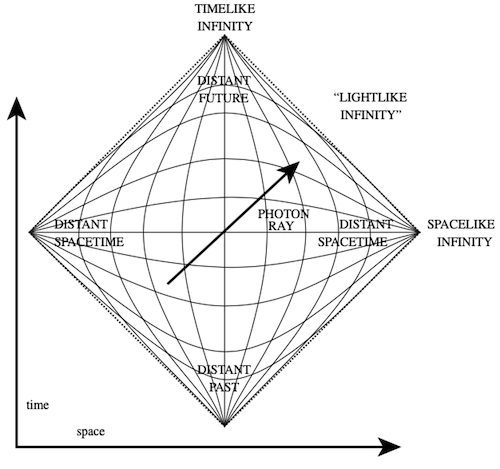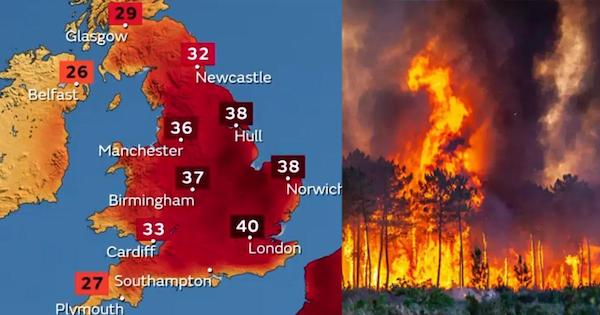
(quote)
See the James Webb Space Telescope’s Dazzling New Photo of the Cartwheel Galaxy
Located 500 million light-years away in the Sculptor constellation, the galaxy got its unique wagon wheel-like shape from a cosmic collision
Several hundred million years ago, astronomers believe the Cartwheel Galaxy collided with another smaller galaxy. That nearly head-on crash forever changed the then-spiral-shaped galaxy, giving it a new shape and structure resembling a wagon wheel.
Scientists have long been fascinated by the Cartwheel Galaxy, located in the Sculptor constellation about 500 million light-years away. But space dust has made it difficult for optical telescopes like the Hubble Space Telescope to capture detailed images of the celestial body. Now, thanks to the James Webb Space Telescope, researchers have a much clearer view. The telescope captured a striking photo of the rare ring galaxy and, in the process, unveiled new details about its central black hole and star formation.
The composite photo, which NASA and the European Space Agency shared this week, shows the large, pinkish-red Cartwheel Galaxy and two smaller galaxies set against an inky-black backdrop brimming with smaller galaxies and stars. The Cartwheel is called a ring galaxy because it has two rings—a colorful outer ring and a bright inner ring—that expand out from its center “like ripples in a pond after a stone is tossed into it,” per NASA. Ring galaxies like the Cartwheel are less common than spiral galaxies like the Milky Way.
Like a cartwheel or Ferris wheel, the galaxy has a distinct outer ring, bursting with light, a much more tenuous region inside it, and a bright ‘hub’ – a center that is sort of halfway between a fuzzy, featureless elliptical galaxy and a structured spiral.
When galaxies interact, the results are, well, cosmic. Not only are the galaxies in question pulled apart in interesting ways, but the resulting shocks in interstellar gas can also trigger intense waves of star formation as gas is compressed, causing massive clumps to collapse under their own gravity to form the seeds of baby stars.
(unquote)
Image courtesy NASA, ESA, CSA, STScI and Webb ERO Production Team






